The Stegosaurus is another famous dinosaur species that has captivated our imagination. Much of their notoriety comes from their odd, and intriguing, appearance.
The name Stegosaurus roughly translates to “roof lizard,” which only makes sense if you know what they look like! These dinosaurs had large flattened plates along the ridges of their backs. Read on to learn about the stegosaurus.
Description of the Stegosaurus
There were three different species of Stegosaurus, but all were relatively similar looking. Overall, these creatures were short, stout, and powerfully built. They walked on four short legs, had small heads, and long tails capped with defensive spines.
A line of flattened, plate-like spines ran down their backs. The largest species could grow nearly 30 ft. long and weigh up to 7 metric tons.
Interesting Facts About the Stegosaurus
Though they were large by our standards, the other dinosaurs that roamed while Stegosaurus was alive dwarfed it. Simply put, 150 million years ago, some incredibly large creatures walked the earth. Learn how Stegosaurus survived below.
- Plate Debate – Scientists still aren’t quite sure what the large plates along the back of this dinosaur were actually used Though some believe the plates functioned as armor, many debate this, as the plates leave the sides of the animal unprotected. Other theories include making the animal look bigger, sexual displays, and thermoregulation.
- Thagomizer – These creatures weren’t without defenses. At the end of their tail they had four pointed spikes. Stegosaurus’ tail was extremely muscular, and they could forcibly swing these tail spikes into potential predators.
- Cheeky Chewer– Stegosaurus was one of the very first creatures to develop primitive cheeks. The development of cheeks allowed creatures to thoroughly chew their food before swallowing. This gave them the ability to eat more vegetation than other herbivores at the time, because the food was pre-digested when it hit the stomach.
- Butt Brain – These dinosaurs did not have the largest brains. In fact, they had one of the smallest brains of all dinosaurs in comparison to their body size. At one point, this actually led scientists to speculate that they might have additional brain matter in an area near their hips. Basically, they theorized that Stegosaurus had a brain near its butt. While this is possible, it is highly unlikely.
Habitat of the Stegosaurus
Fossils of this dinosaur are actually relatively rare, and because of this we can only speculate the other habitats this creature lived in. Archaeologists found the most specimens in the Morrison Formation, which we have decent information about the ecosystem of during that time.
We know they lived in areas that were semiarid, with a wet season and a dry season. There were flat floodplains, savannas dominated by ferns and the occasional tree, and forests.
Distribution of the Stegosaurus
Determining the extent of this creature’s range is difficult to do, because their fossils are somewhat rare. Researchers found many North American specimens in Colorado, Utah, and Wyoming. They found other fossils in Europe, China, Africa, and India. This suggests that the different Stegosaurus species were relatively widespread.
Diet of the Stegosaurus
We know that this dinosaur was herbivorous based upon its teeth. However, it has some pretty oddly shaped teeth and jaws. Scientists aren’t exactly sure how they chewed and foraged for food, because their mouth is simply, weird.
They do estimate that they fed on a number of different plant types, including ferns, moss, fruits, cycads, conifers, and horsetails. Grasses did not evolve until much later, so these dinosaurs would never have grazed on grasses.
Stegosaurus and Human Interaction
Stegosaurus went extinct around 150 million years ago, and never lived while humans were on earth. The only interactions between Stegosaurus and humans are in movies and television. These are, of course, digital or animatronic dinosaurs.
Domestication
Humans never domesticated Stegosaurus in any way, and never interacted with these extinct creatures.
Does the Stegosaurus Make a Good Pet
Even if they were alive, Stegosaurus would not make a good pet. They are somewhat small for dinosaurs, but they are definitely way too big to live in your house! It would be blatantly impossible to own one as a pet, even in theory.
Stegosaurus Care
In a zoological setting, these creatures would probably require care similar to rhinos or elephants. They are powerful animals, and would need strongly reinforced fencing for their enclosures.
Browsing on a wide variety of plants would be essential. Because they had very small brains, reliance on environmental enrichment would be much less pressing than in hyper-intelligent species like elephants.
Behavior of the Stegosaurus
Unfortunately, fossils do not provide much insight into the behavior of an animal. We can use rock formations to determine habitat, and damaged fossils to speculate interactions between animals, but beyond that all behavior is speculative.
These creatures were large, and had incredibly small brains. It is likely that their life consisted pretty much of slowly searching for food, and defending themselves from predators.
Reproduction of the Stegosaurus
We know very little about the reproduction of these dinosaurs. Scientists believe they reproduced sexually, via mating, and laid eggs. Some theories suggest that the large plates on their back could change color as a mating display or to attract a female. As to the number of eggs, incubation time, and parental care, we simply don’t know yet.

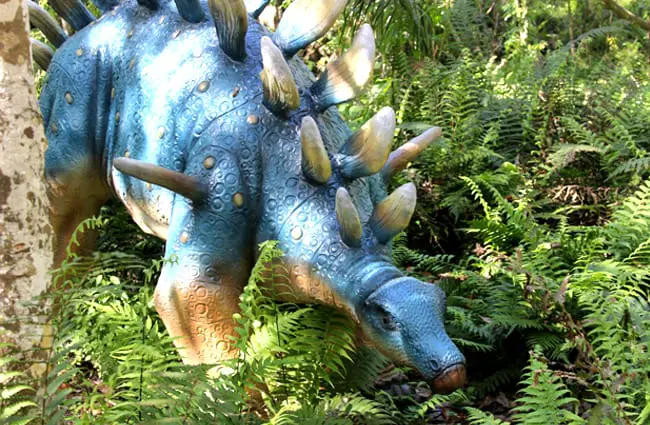
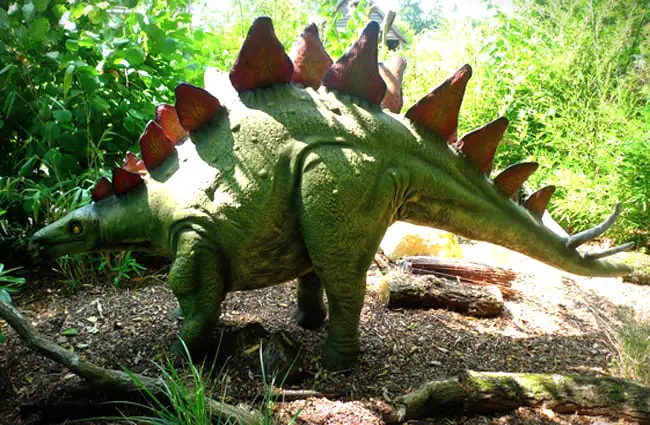

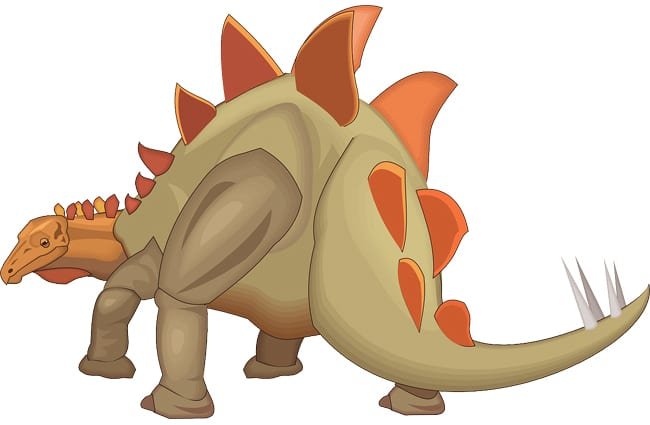

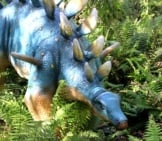

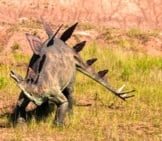


![Red Angus Closeup of a beautiful Red Angus cowPhoto by: U.S. Department of Agriculture [pubic domain]https://creativecommons.org/licenses/by/2.0/](https://animals.net/wp-content/uploads/2020/03/Red-Angus-4-238x178.jpg)





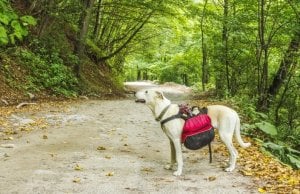
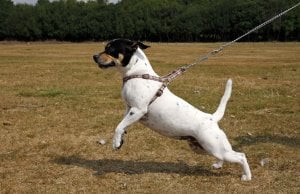

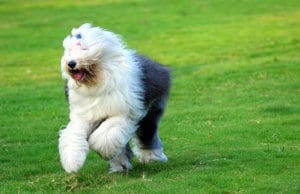



![Red Angus Closeup of a beautiful Red Angus cowPhoto by: U.S. Department of Agriculture [pubic domain]https://creativecommons.org/licenses/by/2.0/](https://animals.net/wp-content/uploads/2020/03/Red-Angus-4-100x75.jpg)

